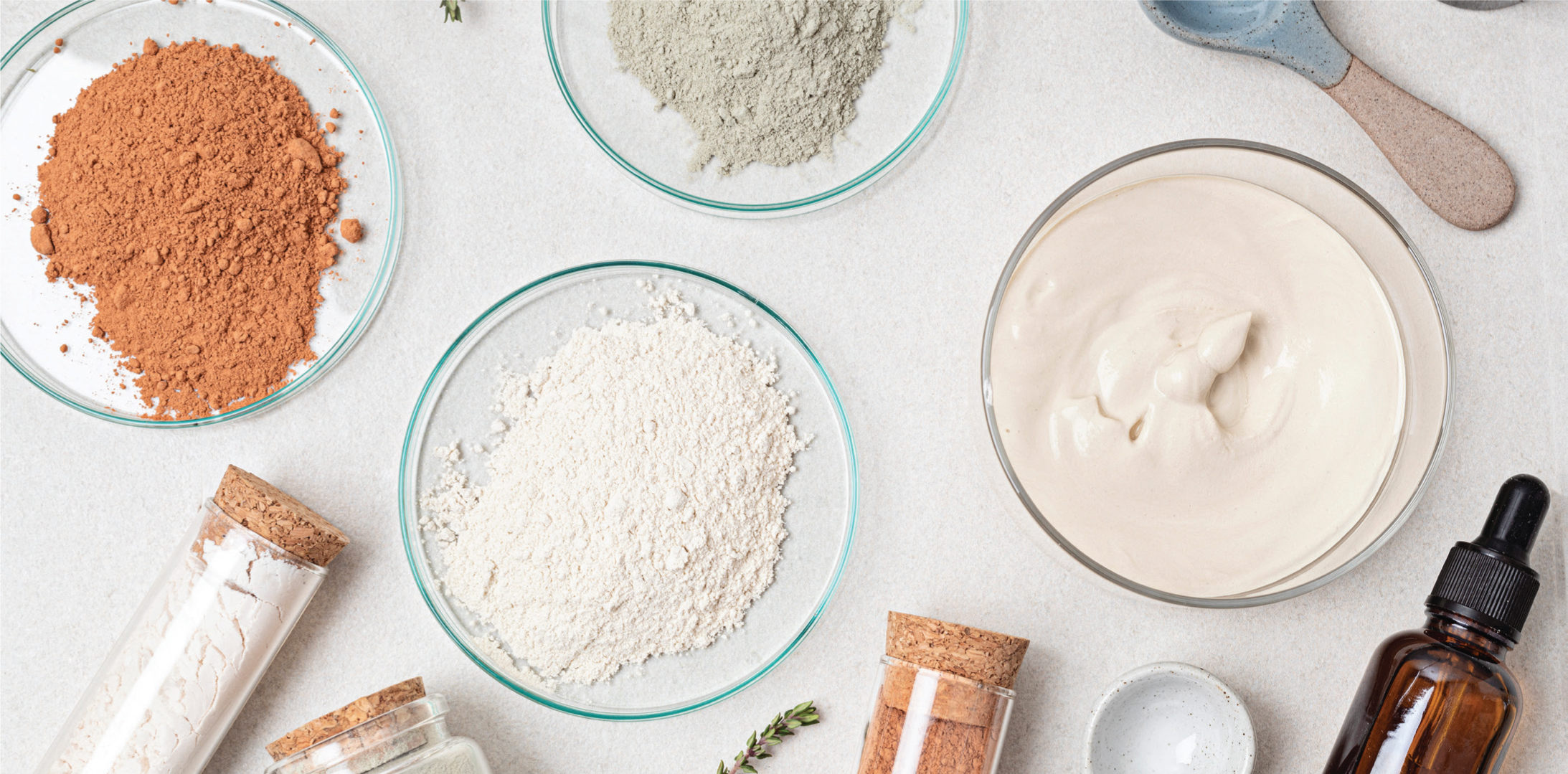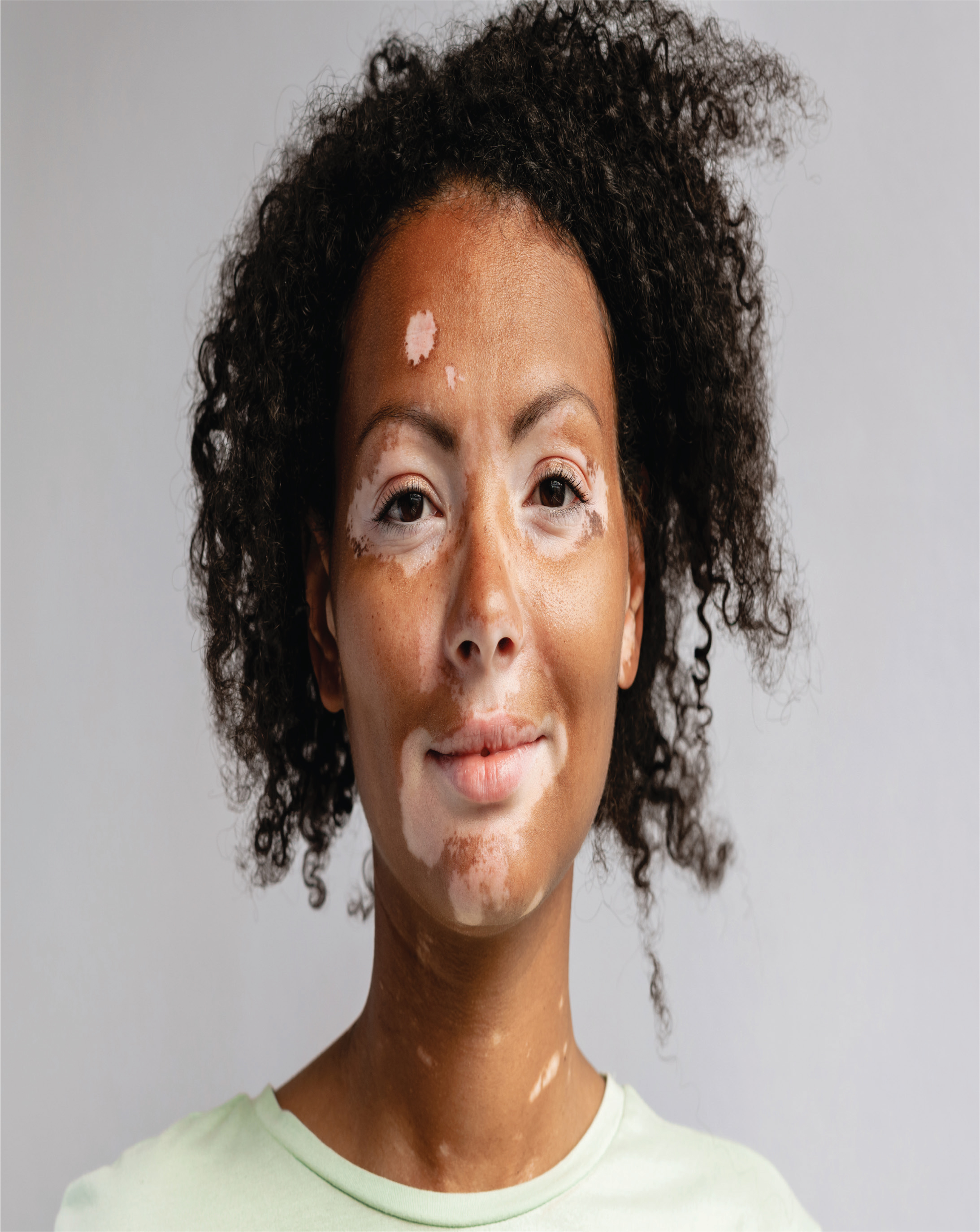

A review of homemade cosmetics based on a study of 150 blogs and their authors
People have long been enjoying ‘Do it Yourself’ (DIY) activities for a variety of hobbies, such as gardening, home improvements and cooking. But only recently has this been applied to DIY cosmetics. The authors of this paper note that this has been linked to several scandals in health.
The aim of this study was to examine homemade cosmetic products. This was carried out by assessing a total of 150 French-language blogs that encouraged the public to make homemade cosmetics. Of the 150, the vast majority were written by women who possessed no proven qualifications or specific knowledge in the field of chemistry or cosmetic formulation. Among the blogs, false knowledge was spread on, for instance, certain parabens and phenoxyethanol, which may be detrimental to readers experimenting with DIY cosmetics.
The authors note that this could be a demonstration of the Dunning-Kruger effect—a situation whereby inividuals with limited knowledge of a topic overestimate their expertise in it. The authors therefore caution that this may lead to false scientific information being circulated.
What this means for aesthetic nurses
If you see any of your patients engaging in DIY cosmetics, be sure to ask them where they obtained the recipes. Also bring to their attention that some blog authors do not have qualifications in skincare. Just because patients aren't seeing any negative side effects from DIY costmetics, does not mean that there aren't any harmful effects in the long run!
The emerging field of regenerative aesthetics — where we are now
Regenerative aesthetics is a newly coined term for a particular type of treatments that form part of regenerative medicine. In short, these treatments use the body's own abilities to restructure the skin. Human cells and tissue are ‘regenerated’ to restore bodily functions. Stem cell therapy and platelet-rich plasma are examples of such.
» The authors conclude that patients with vitiligo have a reduced rate of developing melanoma and non-melanoma skin cancer «

The purpose of this study was to look at this new emerging field of regenerative aesthetics using existing research. The authors reviewed literature for three areas of regeneration—cells, biochemical cues, and scaffolds. The analysis shows that these new treatments could play a vital role in the future of medical aesthetics.
What this means for aesthetic nurses
The field of aesthetics is growing rapidly, and it is crucial for aesthetic nurses to keep up with new branches of research. Regenerative aesthetics could introduce new technologies for your clinic in the future. Watch the JAN space for more updates!
Risk of melanoma and non-melanoma skin cancer in people with vitiligo: UK population-based cohort study
To date, there is still conflicting evidence on the relationship between vitiligo (a condition where colour and pigmentation are lost in the skin) and skin cancer. While many genetic studies show a positive correlation between the two, epidemiological evidence does not always support this.
To that end, the purpose of this study was to futher investigate the evidence and to re-examine the risk of skin cancer in adult patients who had vitiligo.
The authors conducted this study by examining the records from the UK primary care records electronic database which were obtained from the Optimum Patient Care Research Database. These records were from 2010 up to 2020.
Patients who presented with vitiligo were matched with controls and then put into the following categories: age, sex, and general practitioner-practice.
A comparative study was carried out between those patients that had melanoma, nonmelanoma skin cancers and actinic keratoses (AK) and in those patients who had vitiligo. In this study, it was noted that there was a total of 15,156 vitiligo cases and a total of 60,615 controls.
The results of this study showed that there was a reduced risk of 38% associated with new-onset skin cancer and there was no significant risk associated with AK.
The authors conclude that patients with vitiligo have a reduced rate of developing melanoma and non-melanoma skin cancer.
What this means for aesthetic nurses
If you have any patients with vitiligo, please take time to understand the condition and plan well on how to advise them on skincare. You can also let them know about the ongoing updates on the relationship between skin cancer and vitiligo.



